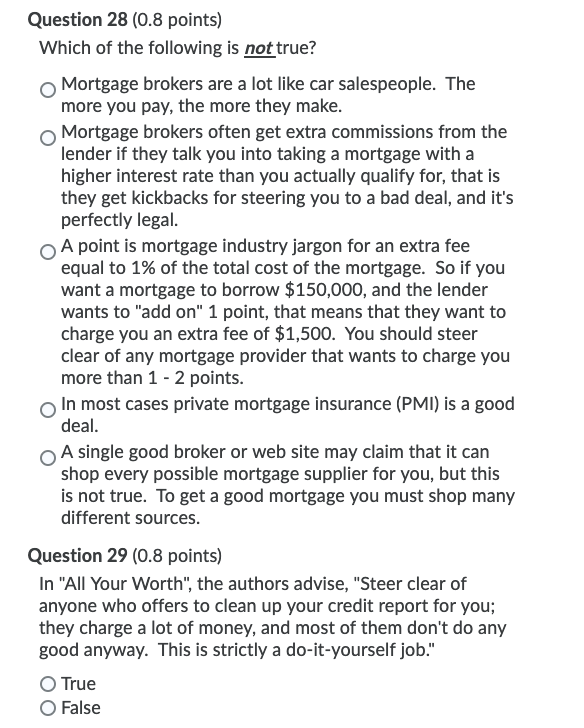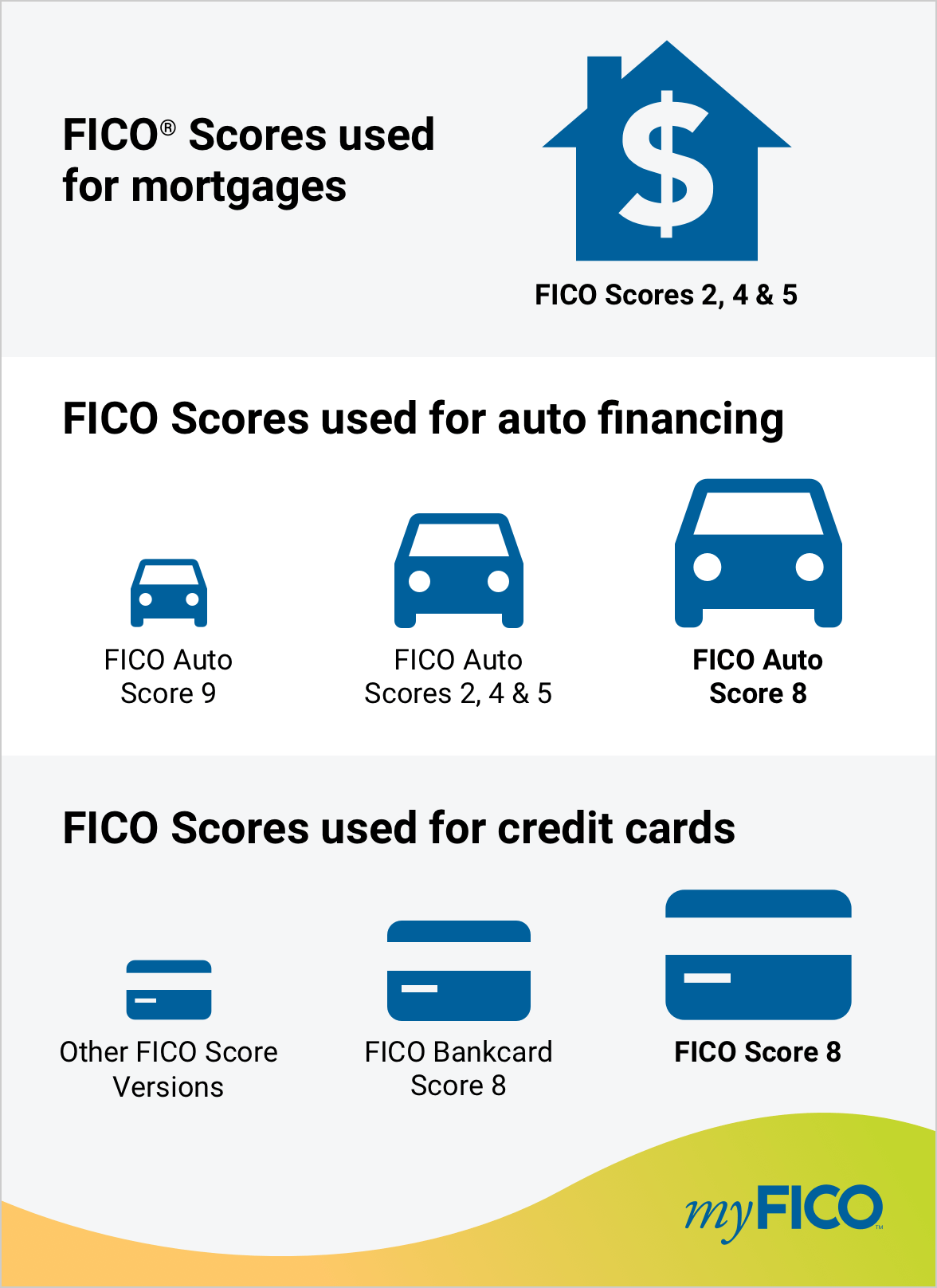For a reverse home mortgage to be a practical financial option, existing home loan balances typically need to be low enough to be paid off with the reverse home loan profits. Nevertheless, borrowers do have the option of paying for their timeshare owners group existing mortgage balance to receive a HECM reverse mortgage. The HECM reverse home loan follows the basic FHA eligibility requirements for home type, indicating most 14 family residences, FHA approved condominiums, and PUDs certify.
Before starting the loan procedure for an FHA/HUD-approved reverse home mortgage, applicants need to take an approved counseling course. An approved therapist must help discuss how reverse home mortgages work, the financial and tax ramifications of securing a reverse home mortgage, payment alternatives, and costs connected with a reverse home mortgage. The therapy is suggested to secure debtors, although the quality of therapy has actually been slammed by groups such as the Customer Financial Protection Bureau. what is the interest rate today for mortgages.

On March 2, 2015, FHA executed new standards that require reverse mortgage candidates to undergo a financial evaluation. Though HECM debtors are not needed to make monthly mortgage payments, FHA wants to make certain they have the monetary capability and willingness to stay up to date with real estate tax and house owner's insurance coverage (and any other appropriate home charges).
Prior to 2015, a Lending institution could not decline a request for a HECM as the requirement is age 62+, own a home, and satisfy initial debt-to-equity requirements. With FA, the lending institution may now force Equity "reserved" guidelines and sums that make the loan difficult; the like a declination letter for bad credit.
The Definitive Guide to What Banks Use Experian For Mortgages
Acceptable credit - All real estate and installment debt payments should have been made on time in the last 12 months; there disappear than 2 30-day late home loan or installment payments in the previous 24 months, and there is no significant negative credit on revolving accounts in the last 12 months.
If no extenuating circumstances can be documented, the borrower might not certify at all or the lending institution may need a large amount of the principal limitation (if readily available) to be taken into a Life Expectancy Reserve (LESA) for the payment of home charges (property taxes, homeowners insurance, and so on).
The fixed-rate program includes the security of an interest rate that does not alter for the life of the reverse home loan, however the rates of interest is https://bestcompany.com/timeshare-cancellation/company/wesley-financial-group usually higher at the start of the loan than an equivalent adjustable-rate HECM. Adjustable-rate reverse mortgages normally have rates of interest that can change on a month-to-month or yearly basis within particular limits.
The initial interest rate, or IIR, is the real note rate at which interest accrues on the impressive loan balance on an annual basis. For fixed-rate reverse mortgages, the IIR can never ever alter. For adjustable-rate reverse home mortgages, the IIR can alter with program limitations as much as a lifetime rates of interest cap.
Facts About How Do Reverse Mortgages Work? Uncovered
The EIR is typically various from the real note rate, or IIR. The EIR does not identify the quantity of interest that accrues on the loan balance (the IIR does that). The overall pool of cash that a borrower can receive from a HECM reverse home loan is called the principal limitation (PL), which is determined based upon the maximum claim amount (MCA), the age of the youngest borrower, the expected rate of interest (EIR), and a table to PL aspects released by HUD.
Most PLs are usually in the variety of 50% to 60% of the MCA, however they can sometimes be higher or lower. The table below gives examples of principal limits for different ages and EIRs and a property value of $250,000. Customer's age at origination Anticipated rates of interest (EIR) Principal limitation factor (since Aug.
To put it simply, older customers tend to qualify for more cash than younger borrowers, but the total amount of cash readily available under the HECM program tends to reduce for all ages as rates of interest increase. Closing costs, existing home loan balances, other liens, and any real estate tax or house owners insurance due are typically paid of the preliminary principal limit.

The cash from a reverse home mortgage can be distributed in four ways, based on the debtor's financial needs and objectives: Swelling amount in cash at settlement Month-to-month payment (loan advance) for a set variety of years (term) or life (tenure) Line of credit (similar to a home equity line of credit) Some mix of the above Note that the adjustable-rate HECM provides all of the above payment options, however the fixed-rate HECM only uses swelling amount.
10 Easy Facts About How Do Buy To Let Mortgages Work Uk Described
This means that customers who go with a HECM credit line can possibly get to more cash with time than what they at first certified for at origination. The line of credit development rate is figured out by adding 1.25% to the initial rates of interest (IIR), which means the line of credit will grow much faster if the rate of interest on the loan increases.
Because numerous customers were taking full draw swelling amounts (typically at the support of lending institutions) at closing and burning through the cash quickly, HUD looked for to protect customers and the practicality of the HECM program by restricting the amount of proceeds that can be accessed within the first 12 months of the loan.
Any remaining offered earnings can be accessed after 12 months. If the total obligatory commitments exceed 60% of the primary limit, then the borrower can draw an additional 10% of the principal limit if offered. The Housing and Economic Recovery Act of 2008 offered HECM mortgagors with the chance to buy a brand-new principal house with HECM loan proceeds the so-called HECM for Purchase program, efficient January 2009.
The program was designed to allow the senior to acquire a brand-new principal residence and get a reverse home loan within a single transaction by removing the need for a second closing. Texas was the last state to permit for reverse home loans for purchase. Reverse mortgages are often slammed over the concern of closing expenses, which can often be pricey.
Rumored Buzz on What Is Today's Interest Rate For Mortgages
Considering the limitations enforced upon HECM loans, they are comparable to their "Forward" contemporaries in total expenses. The following are the most typical closing costs paid at closing to get a reverse mortgage: Therapy charge: The very first step to get a reverse home loan is to go through a therapy session with a HUD-approved counselor.
Origination fee: This is charged by the lending institution to organize the reverse home mortgage. Origination costs can vary extensively from loan provider to lending institution and can vary from nothing to an optimum of $6,000. Third-party charges: These costs are for third-party services worked with to finish the reverse home loan, such as appraisal, title insurance coverage, escrow, government recording, tax stamps (where relevant), credit reports, and so on.
The IMIP safeguards lending institutions by making them entire if the house offers at the time of loan payment for less than what is owed on the reverse mortgage. This protects customers also because it means they will never ever owe more than their home is worth. Since 1/2019, the IMIP is now 2% of limit claim amount (Either the evaluated value of the home as much as an optimum of $726,535) The annual MIP (home loan insurance coverage premium) is.50% of the impressive loan balance.